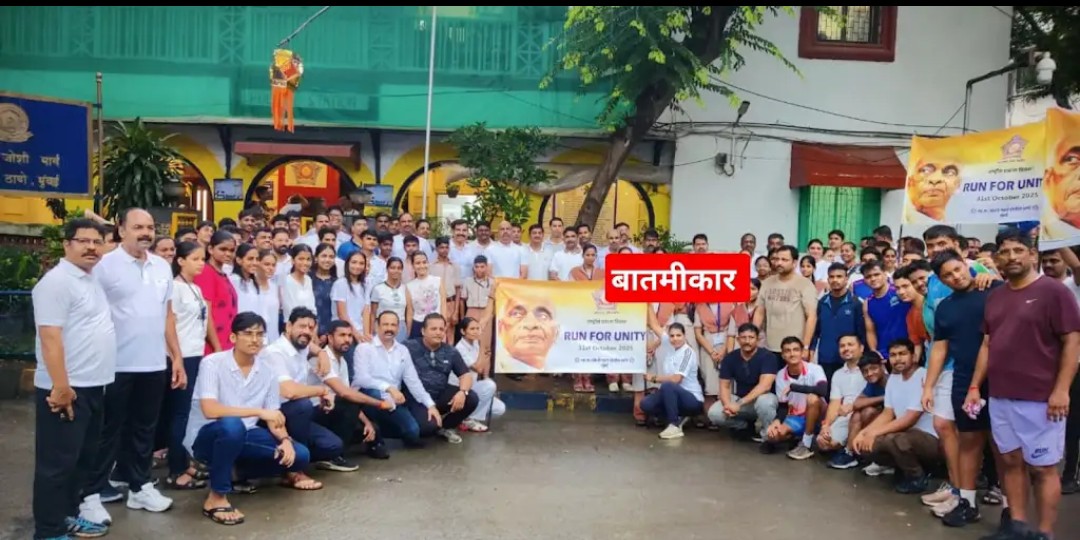
BHAGAVAD GITA Solution to all our problems - FEAR!
FEAR
Chapter 11 / Shloka 50
सञ्जय उवाच
इत्यर्जुनं वासुदेवस्तथोक्त्वा
स्वकं रूपं दर्शयामास भूय: ।
आश्वासयामास च भीतमेनं
भूत्वा पुन: सौम्यवपुर्महात्मा ॥ ५० ॥
sañjaya uvāca
ity arjunaṁ vāsudevas tathoktvā
svakaṁ rūpaṁ darśayām āsa bhūyaḥ
āśvāsayām āsa ca bhītam enaṁ
bhūtvā punaḥ saumya-vapur mahātmā
Synonyms
sañjayaḥ uvāca — Sañjaya said; iti — thus; arjunam — unto Arjuna; vāsudevaḥ — Kṛṣṇa; tathā — in that way; uktvā — speaking; svakam — His own; rūpam — form; darśayām āsa — showed; bhūyaḥ — again; āśvāsayām āsa — encouraged; ca — also; bhītam — fearful; enam — him; bhūtvā — becoming; punaḥ — again; saumya-vapuḥ — the beautiful form; mahā-ātmā — the great one.
Translation
Sañjaya said to Dhṛtarāṣṭra: The Supreme Personality of Godhead, Kṛṣṇa, having spoken thus to Arjuna, displayed His real four-armed form and at last showed His two-armed form, thus encouraging the fearful Arjuna.
Purport
When Kṛṣṇa appeared as the son of Vasudeva and Devakī, He first of all appeared as four-armed Nārāyaṇa, but when He was requested by His parents, He transformed Himself into an ordinary child in appearance. Similarly, Kṛṣṇa knew that Arjuna was not interested in seeing a four-handed form, but since Arjuna asked to see this four-handed form, Kṛṣṇa also showed him this form again and then showed Himself in His two-handed form. The word saumya-vapuḥ is very significant. Saumya-vapuḥ is a very beautiful form; it is known as the most beautiful form. When He was present, everyone was attracted simply by Kṛṣṇa’s form, and because Kṛṣṇa is the director of the universe, He just banished the fear of Arjuna, His devotee, and showed him again His beautiful form of Kṛṣṇa. In the Brahma-saṁhitā (5.38) it is stated, premāñjana-cchurita-bhakti-vilocanena: only a person whose eyes are smeared with the ointment of love can see the beautiful form of Śrī Kṛṣṇa.
FEAR
Chapter 18 / Shloka 30
प्रवृत्तिं च निवृत्तिं च कार्याकार्ये भयाभये ।
बन्धं मोक्षं च या वेत्ति बुद्धि: सा पार्थ सात्त्विकी ॥ ३० ॥
pravṛttiṁ ca nivṛttiṁ ca
kāryākārye bhayābhaye
bandhaṁ mokṣaṁ ca yā vetti
buddhiḥ sā pārtha sāttvikī
Synonyms
pravṛttim — doing; ca — also; nivṛttim — not doing; ca — and; kārya — what ought to be done; akārye — and what ought not to be done; bhaya — fear; abhaye — and fearlessness; bandham — bondage; mokṣam — liberation; ca — and; yā — that which; vetti — knows; buddhiḥ — understanding; sā — that; pārtha — O son of Pṛthā; sāttvikī — in the mode of goodness.
Translation
O son of Pṛthā, that understanding by which one knows what ought to be done and what ought not to be done, what is to be feared and what is not to be feared, what is binding and what is liberating, is in the mode of goodness.
Purport
Performing actions in terms of the directions of the scriptures is called pravṛtti, or executing actions that deserve to be performed. And actions which are not so directed are not to be performed. One who does not know the scriptural directions becomes entangled in the actions and reactions of work. Understanding which discriminates by intelligence is situated in the mode of goodness.



































